In my current project, we are using an OpenAPI-to-TypeScript-API generator, that generates automatically typed functions for calling API endpoints via Axios. In Python, we use snake_case for our class properties, while in TypeScript we use camelCase.
Using this setup, we have found that the alias property (Field(..., alias="***")) is very helpful, combined with the allow_population_by_field_name = True property.
Simple model class example:
from pydantic import BaseModel, Field
class MyClass(BaseModel):
my_property: str = Field(..., alias="myProperty")
class Config:
allow_population_by_field_name = True
if __name__ == "__main__":
my_object = MyClass(my_property="banana")
The question is: Why doesn't Pylance understand that I want to be able to write MyClass(my_property="banana")? See screenshot from vscode below:

Is there any way to configure Pylance/Pydantic/vscode to better understand this?
"Just living with" this is problematic because having red lines like this in our code promotes a mindset of "red is probably ok", so they lose their power.
Edit May 8th, 2023:
We found a way to "circumvent" this problem, by creating a wrapper class, containing an alias_generator. It doesn't seem like pylance picks up on this, and therefore it acts as if it doesn't exist.
I'm sure using the system like this isn't something people do a lot, but this helped our team. Also it allows us to not write = Field(..., alias="camelCase") everywhere.